Firms13 results
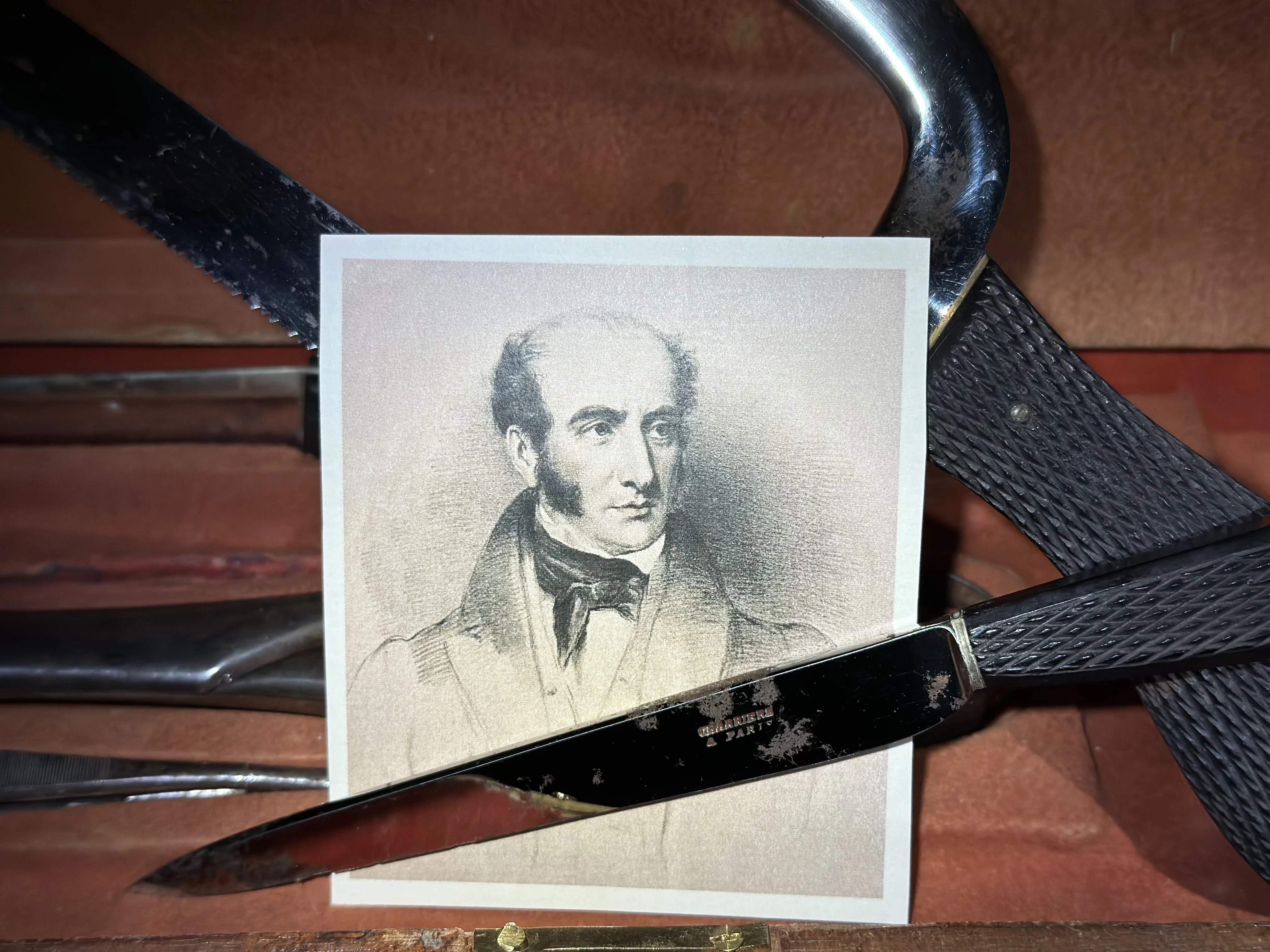
France , 1820 - 1866
The French company Charrière, founded by Joseph-Frédéric-Benoêt Charrière in the early 19th century, stands as a testament to innovation in medical instrument manufacturing. Born in 1803 in Switzerland, Charrière moved to Paris as a teenager and eventually took over his mentor's cutlery workshop. He became renowned for producing high-quality surgical instruments, notably in lithotripsy and anesthesia. Charrière's technical skill, creativity, and eagerness to learn from surgeons directly influenced his designs. He is also credited with creating the 'Charrière scale,' a measurement standard for medical instruments (also known as 'French gauge'). After his death the company worked under the name Maison Collin till 1957 when it was taken over by Maison Gentile. Charrière's legacy in medical technology endures, symbolizing groundbreaking advancements in healthcare tools.
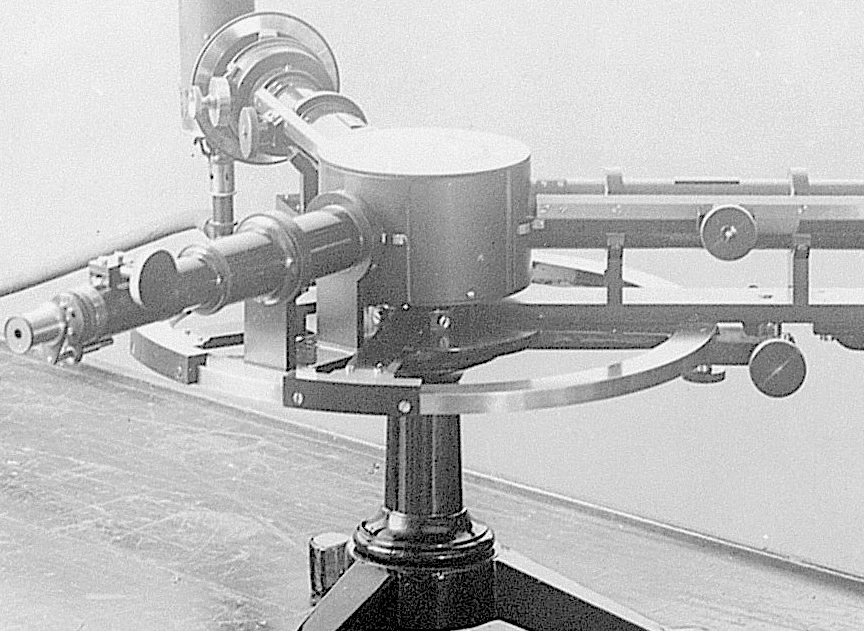
Germany , 1864
Founded in 1864 in Berlin, SCHMIDT + HAENSCH has established itself as a pioneering force in the development of precision optical instruments and analytical technologies. With a deep-rooted heritage in fine mechanics, optics, and engineering, the company has continuously contributed to scientific advancement and industrial innovation across multiple sectors.
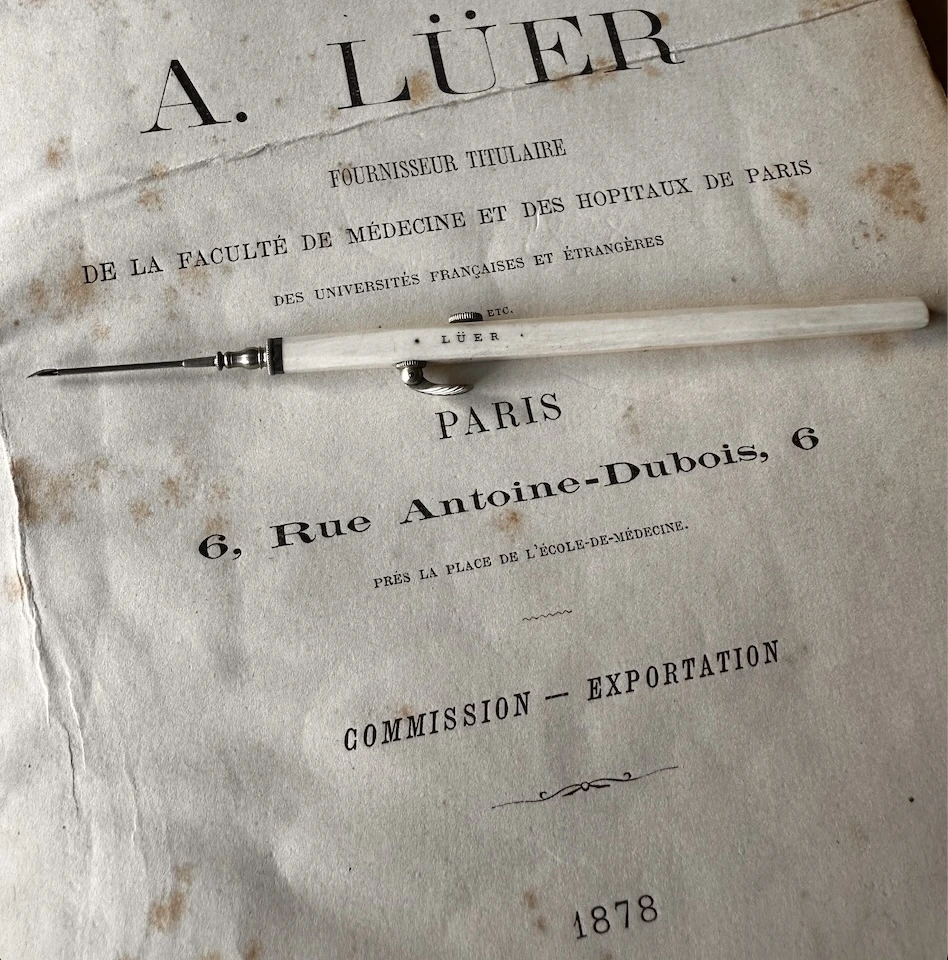
France , 1837 - 1993
Maison Lüer was founded in Paris in 1837 by Georg Wilhelm Amatus Lüer (1802–1883), a German-born craftsman. The company gaining renown for precision surgical instruments, initially in ophthalmology and later expanding into other specialties. His son-in-law Hermann Wülfing-Lüer further developed the firm after, patenting an innovative all-glass syringe in 1895, designed for aseptic procedures and resistant to high-temperature sterilization. This syringe, known as "Luer-syringe" featured a precisely ground barrel and plunger, eliminating the need for gaskets. Many surgical tools still bear the Lüer name, and his legacy endures through standardized syringe connections, known for their safety, simplicity, and wide compatibility.
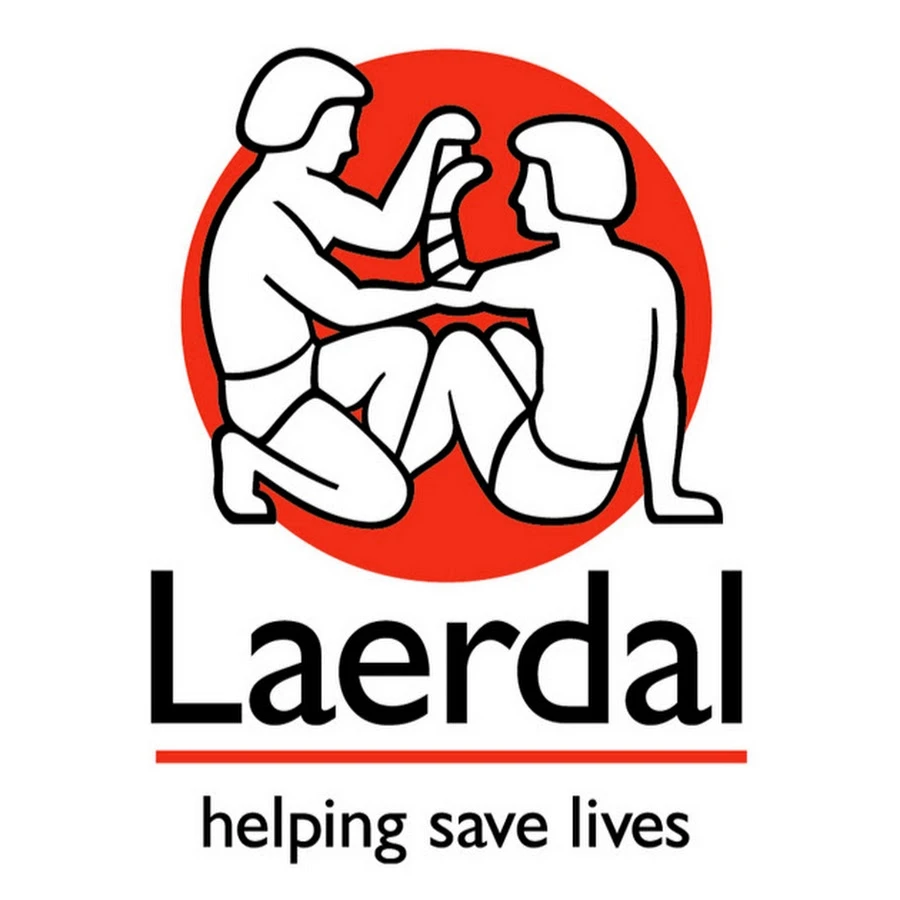
Norway , 1940
Laerdal is the company that made medical education different. Instead of 'see one, do one, teach one' future medical doctors today 'learn, practice, improve, repeat' – and all this without harming the real patients! It is here, in this company the world-wide used CPR mannequin Resusci Anne was born.

England , 1715 - 1958
The Allen & Hanburys Ltd., is a distinguished pharmaceutical, baby food and medical devices company. It was founded in 1715 by Silvanus Bevan, a Welsh apothecary and Quaker, as Plough Court Pharmacy at Plough Court, Lombard Street, London. Later Allen and Hanbury families expanded its operations and in the beginning of 20th century it was leading manufacturer of infant foods, malt preparations, and medicated pastilles. Later it focused on research, analytical control, and the production of galenical preparations, pills, tablets, and surgical instruments, including stainless steel operating tables and baby scales. In 1958, Allen & Hanburys was acquired by Glaxo Laboratories Ltd., which later became part of GlaxoSmithKline (GSK). The Allen & Hanburys name continued as GSK's specialist respiratory division until it was phased out in 2013.
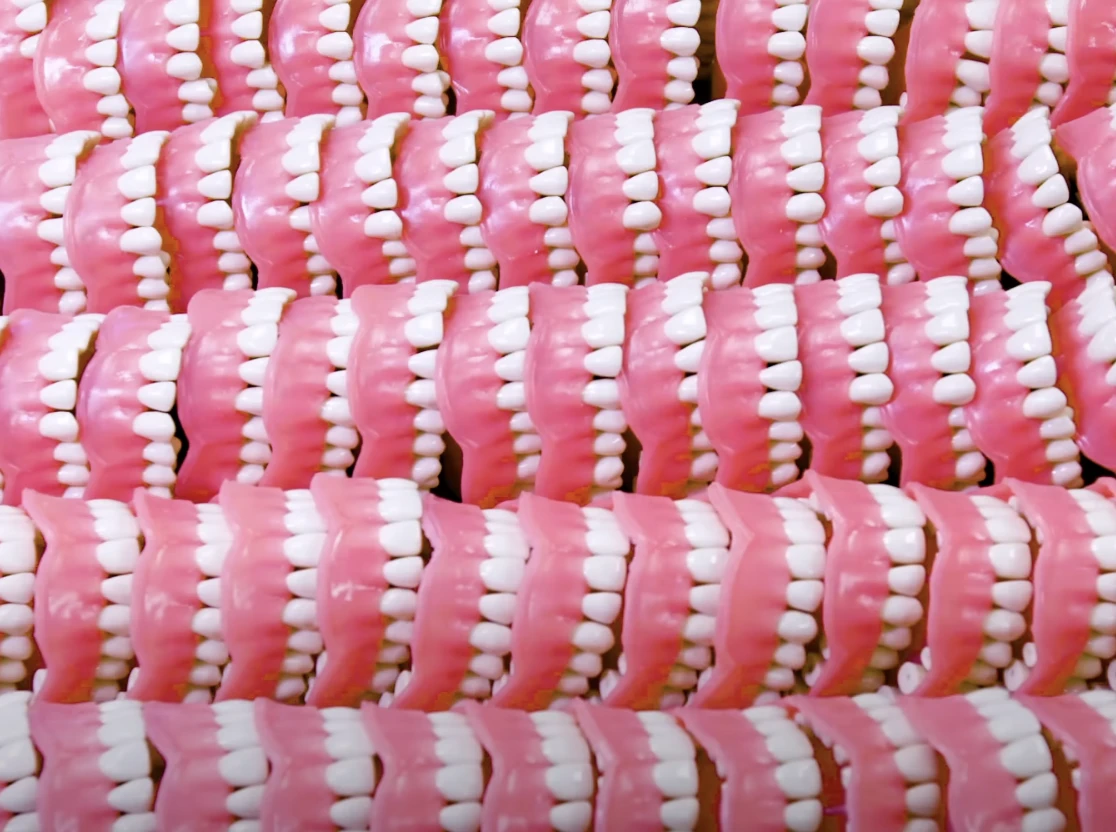
USA , 1917
Columbia Dentoform, established in 1917 by Ben Spitzer, a Columbia University Engineering School graduate, began as the Columbia Dental and X-Ray Company in Manhattan, New York. Initially, the company provided x-ray equipment for dental offices and sold articulators and attachments to dental laboratories. Ben Spritzer In 1917, it introduced metal typodonts—his first phantoms for dental teaching and practice. Today, as part of the DentalEZ family of brands, Columbia Dentoform continues to develop and provide high-quality simulation products, maintaining its commitment to improving the instructional process and learning experience for dental students globally.
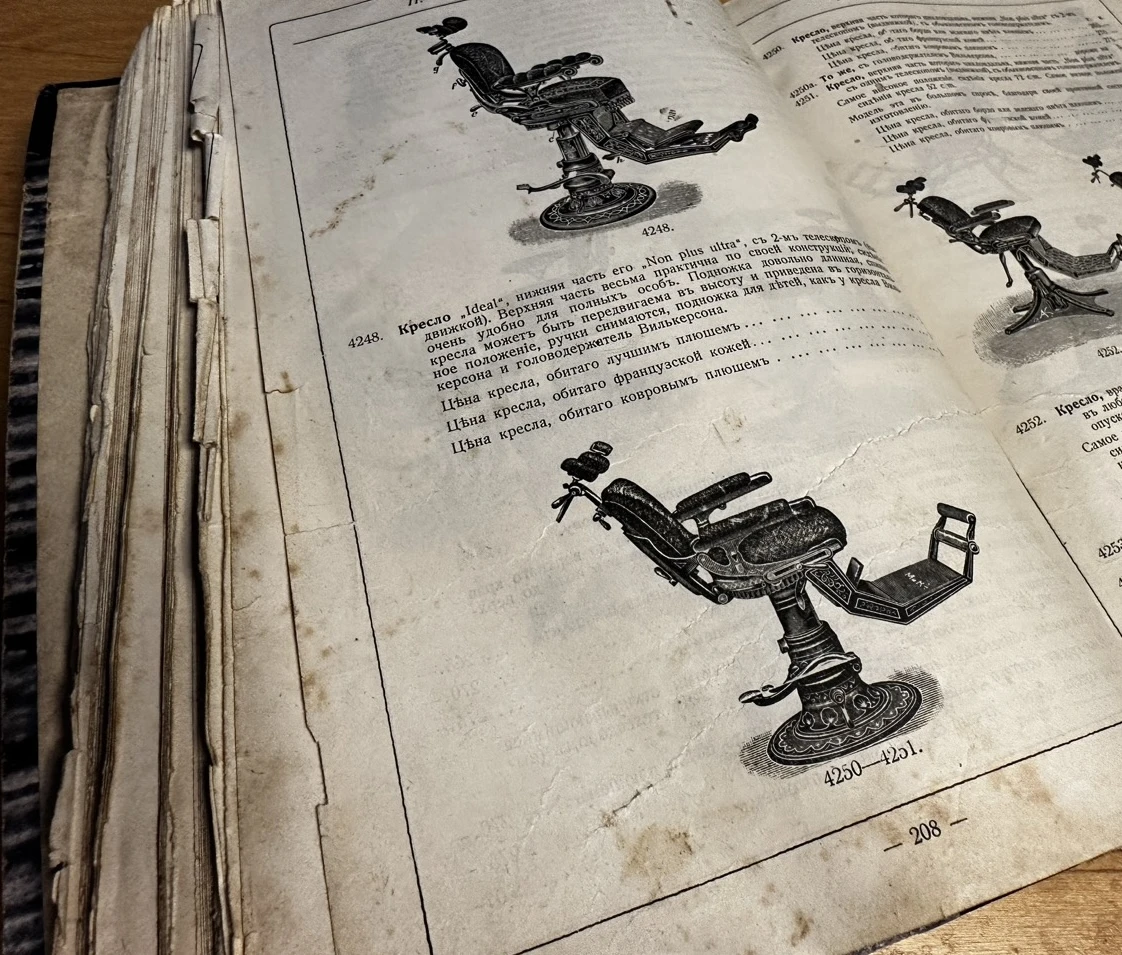
Russia , 1890 - 1918
The Partnership of P.I. Makhin and Co. In Moscow (Товарищество П. И. Махин и Ко. В Москве) was engaged in the sale and repair of medical equipment. Founded: 1868. Dissolved: 1918 (?). Address: Rozhdestvenska Street, near Kuznetsky Most, House of Suzdal Podvor'e No. 7. Awardswith medal depicted in the 1914 catalog: Silver Medal of the Nizhny Novgorod Fair in 1895; Gold Medal of the Exhibition in Paris 1900; Diploma of Honor Paris 1904. Supplier of the instruments of Collin and Mathieu in Russia
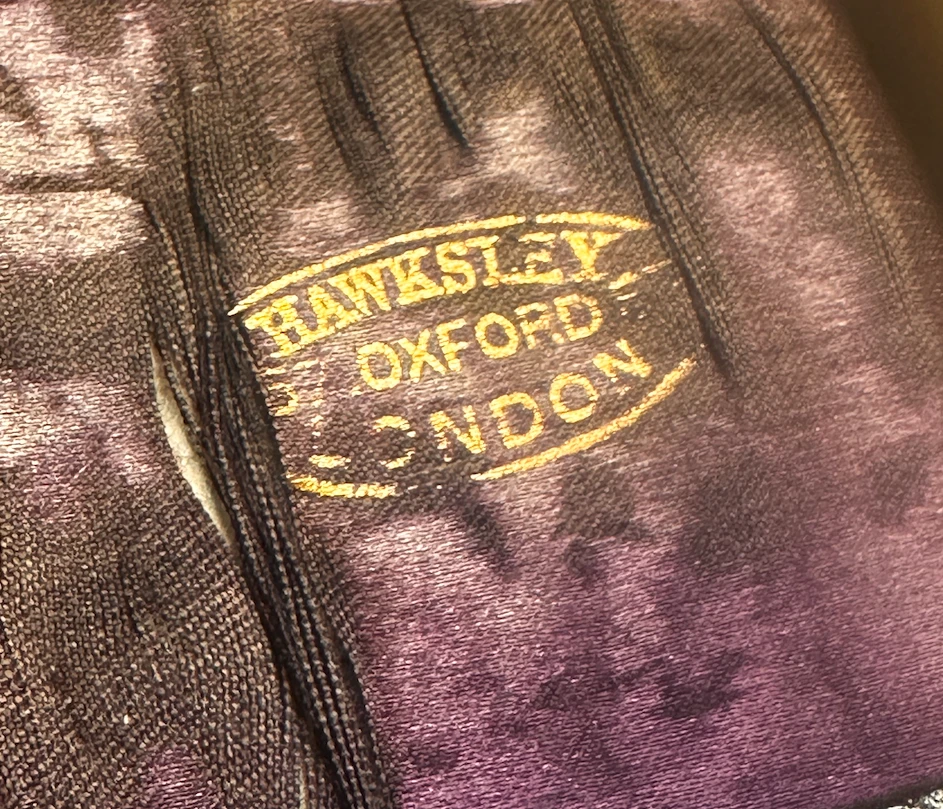
England , 1869 - 1969
The company Hawksley and Sons was founded in 1869 by Charles Hawksley, in Oxford Street London. The talented founder invented Haemocytometer of his own design. The firm became was one of the of the founding members of the British Surgical Trade Association (today BHTA). It was focused on the Blood counting chambers, and early Blood Pressure devices. William Baum took over the company in 1916. In the post-war years the firm started to produce centrifuges.
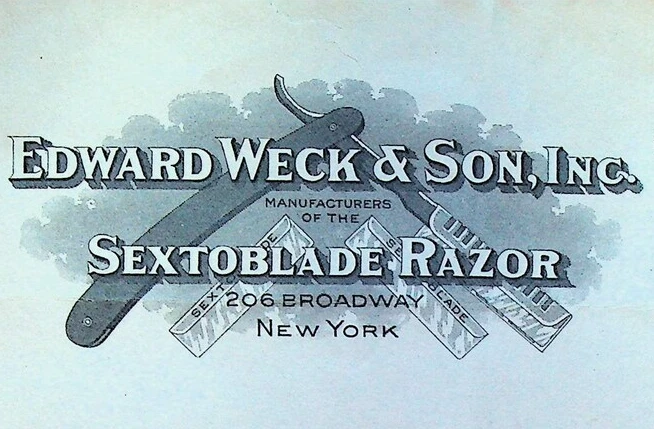
USA , 1890
The company Edward Weck Inc. traces its roots to it founder, Edward Weck, a German immigrant from Solingen – a city famed for blade-making. According to the statement on its first catalogues the firm was ‘established 1890' and in 1909 has received its first patents on the interchangeable razor blades. The company gradually moved into surgical field and played a significant role in the advancement of surgical instrumentation, particularly in the fields of microsurgery and vascular surgery. It was known for producing high-quality surgical tools, including vascular clamps and microsurgical instruments, which became standard in operating rooms worldwide. Its innovations contributed to more precise, less invasive surgical procedures, improving patient outcomes. Today, the legacy of Edward Weck endures through integration into larger medical device company, Teleflex, continuing to influence modern surgical practice.
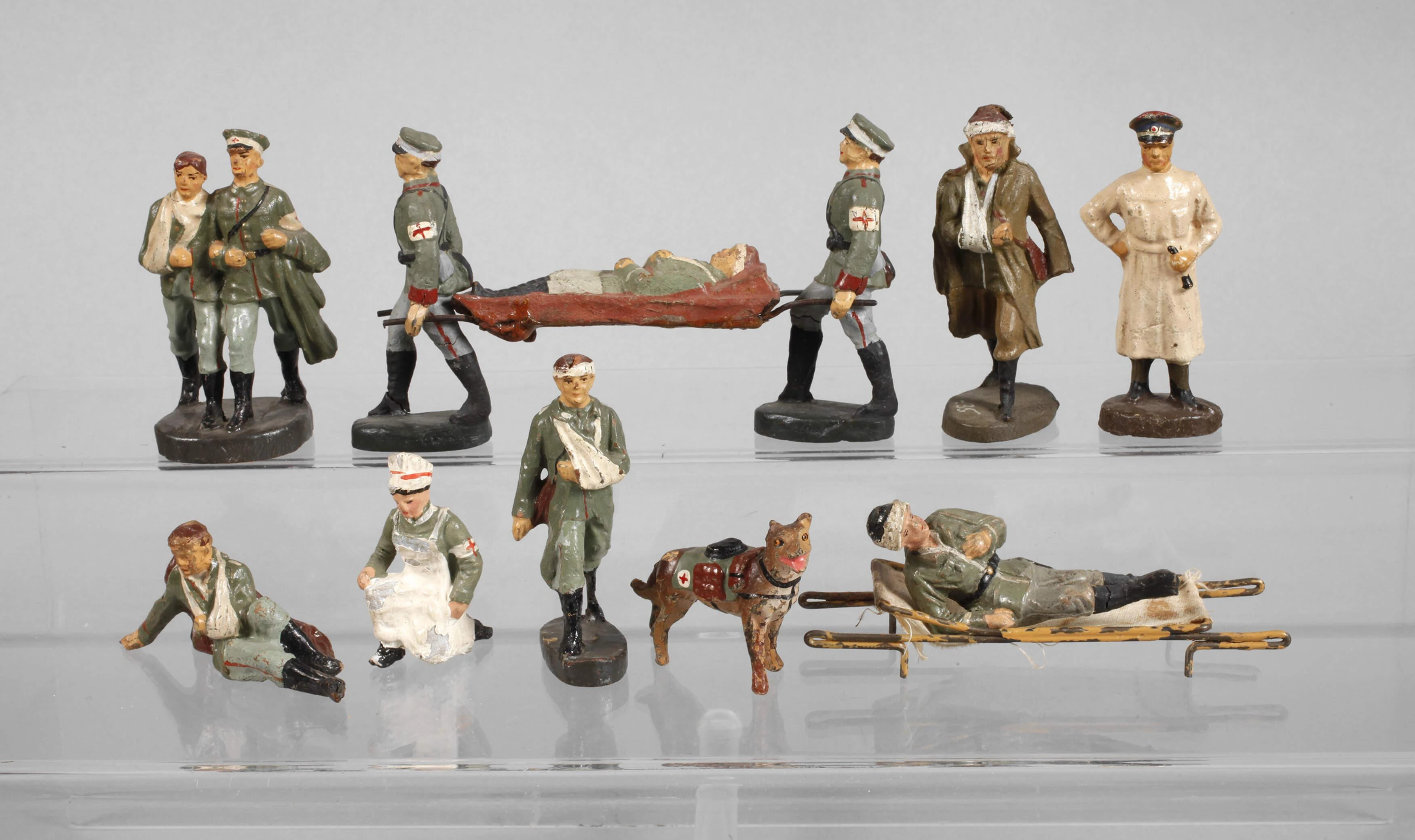
Germany , 1904 - 1983
Elastolin was a trademark of O. & M. Hausser — a company founded in 1904 by Otto and Max Hausser in Ludwigsburg (Baden-Württemberg, Germany). In 1910, the company began producing parlor games and mass-produced figurines. These mostly depicted soldiers and other war toys and were made from ELASTOLIN - a paste of sawdust, casein, glue and kaolin with wire frames in tin moldes. In 1935 the company moved to Neustadt near Coburg in Bavaria. After the Second World War, production was gradually reduced and the company was finally closed down in 1983. The Elastolin figurines had an oval base (not rectangular like their competitor Lineol).
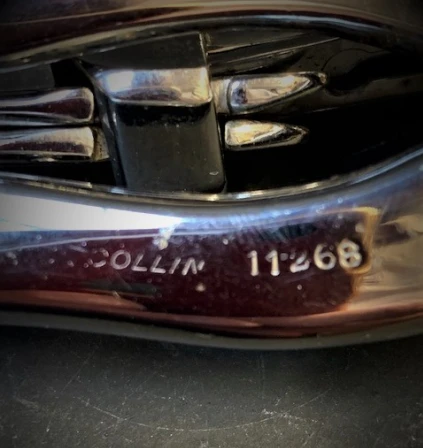
France , 1866 - 1957
The French company Maison Collin was organized as a successor of the famous Maison Charrière, founded by Joseph-Frédéric-Benoît Charrière in the early 19th century. Anatole Pierre Urbain Louis Colline (1831-1923) and Louis-Apollinaire Robert bought the Charrière firm on May 19, 1866. Robert left the company at 1876. Address of Maison Collin was 60 rue Mazarine, Paris. The company worked under the name Maison Collin till 1957 when it was taken over by Maison Gentile.

France , 1891 - 1972
Maison Gentile was founded in 1891 by Pierre Gentile. Address: 49 rue Saint-André-des-arts, Paris. The founder, Pierre Gentile, was trained in the Galante workshops. The company was making metal and "caoutchouc" (rubber) instruments. Maison Gentile acquired Maison Collin (former Maison Charrière) in 1957. It closed its doors permanently in 1972.
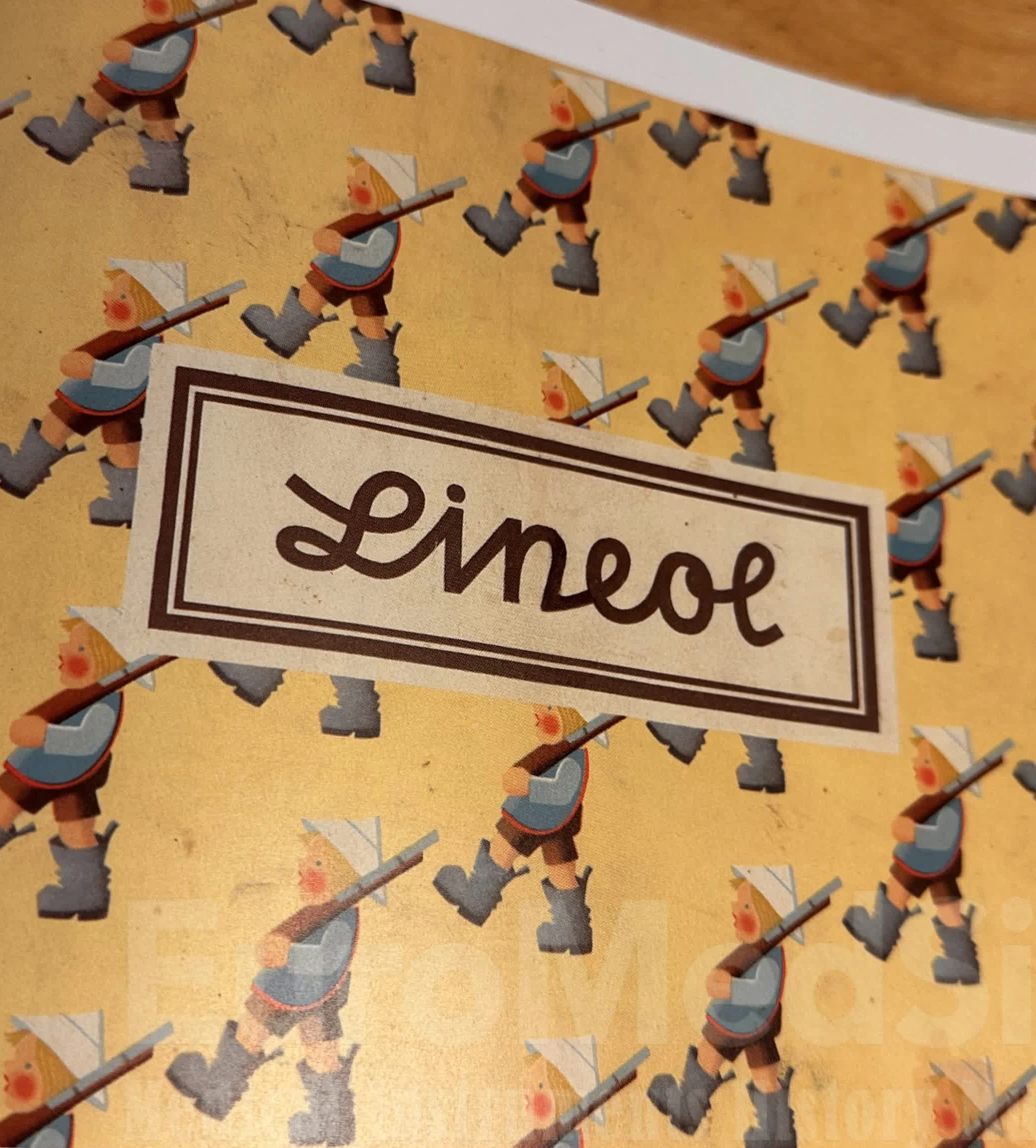
Germany , 1906
Lineol was one of the leading Germany toy-soldiers manufacturer. The figures were made of LINEOL – combination of linseed oil and tree resin. Besides of military troops there were an extensive collection of the medical personnel – surgeons, combat medics and nurses as well as wounded soldiers. In the 1930s, LINEOL AG employed 300 to 400 people. Today the company operates under the "Lineol Dirk Duscha" brand name.